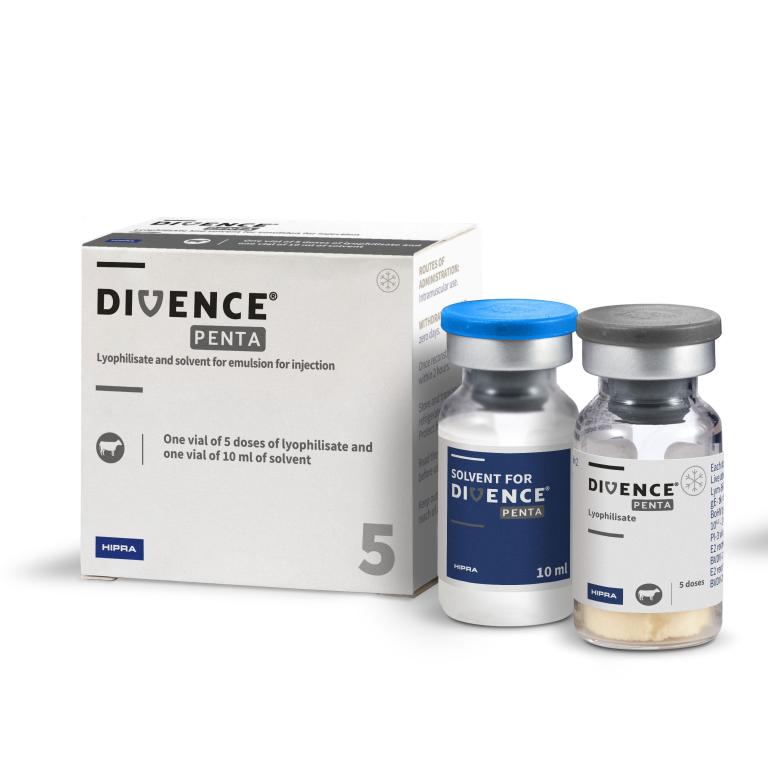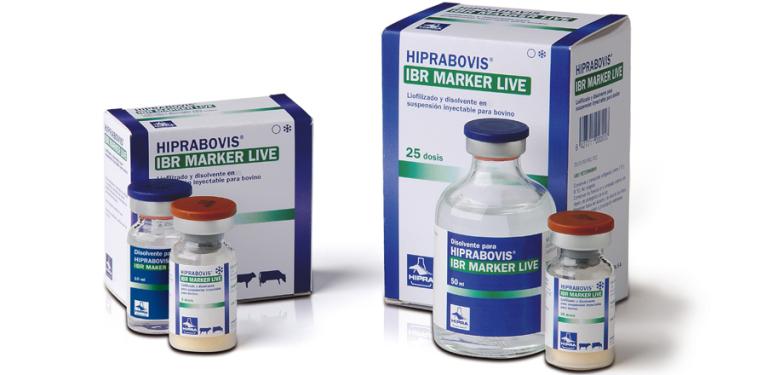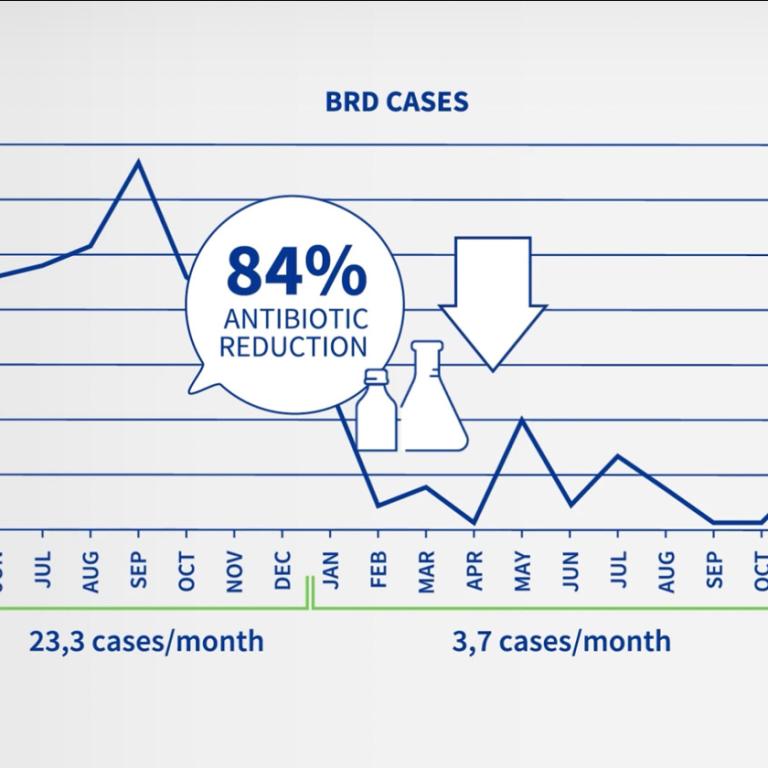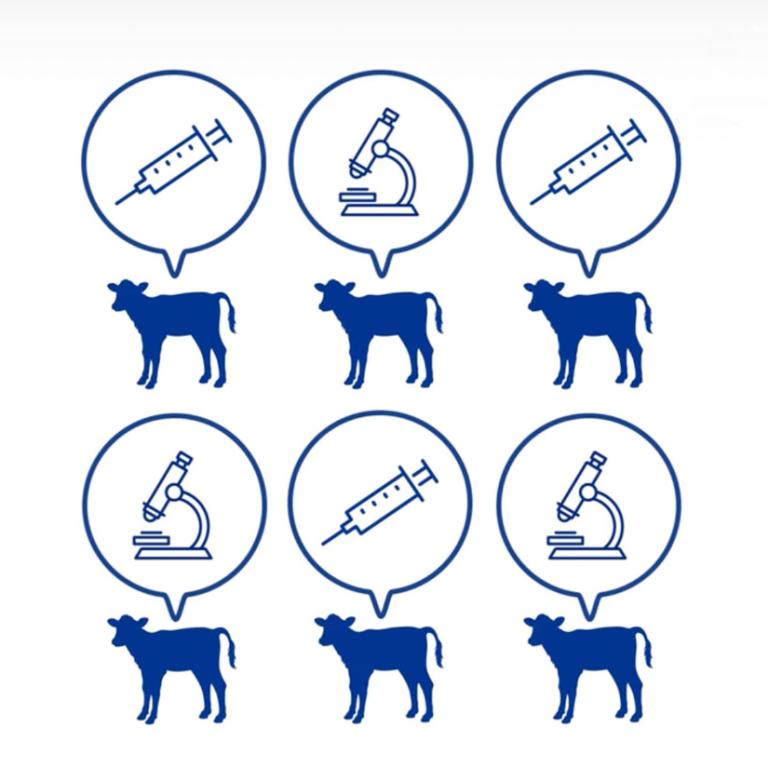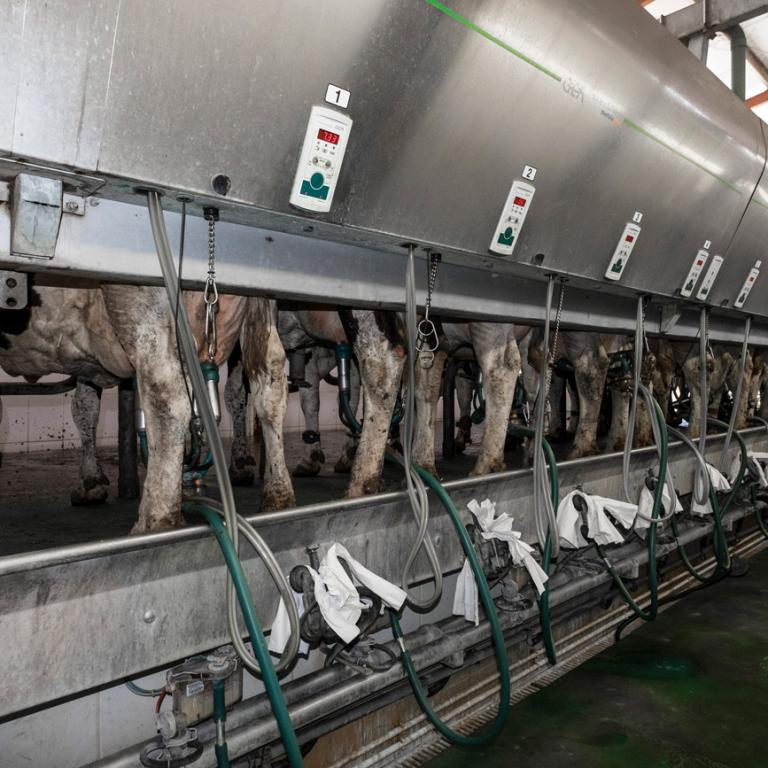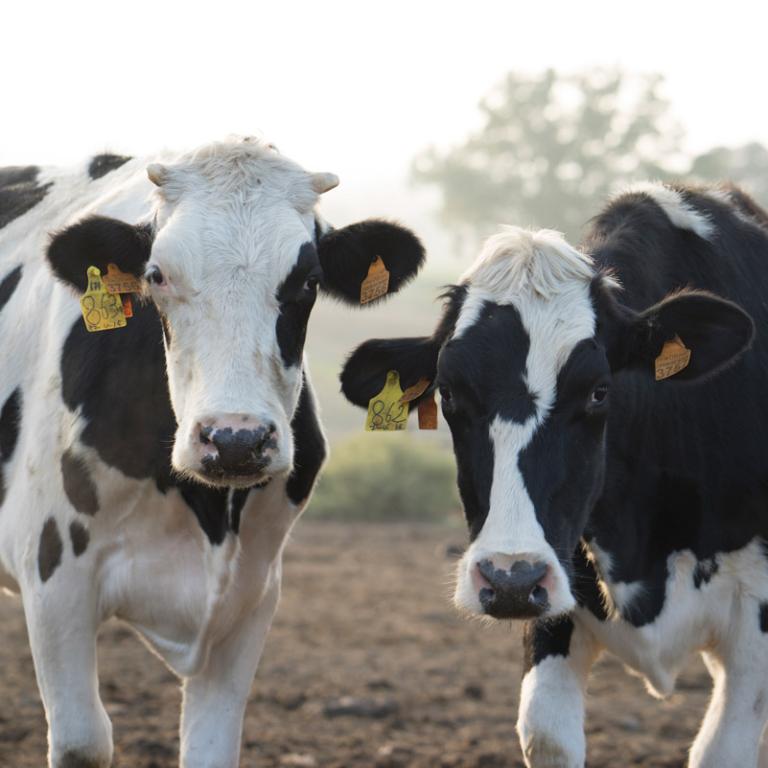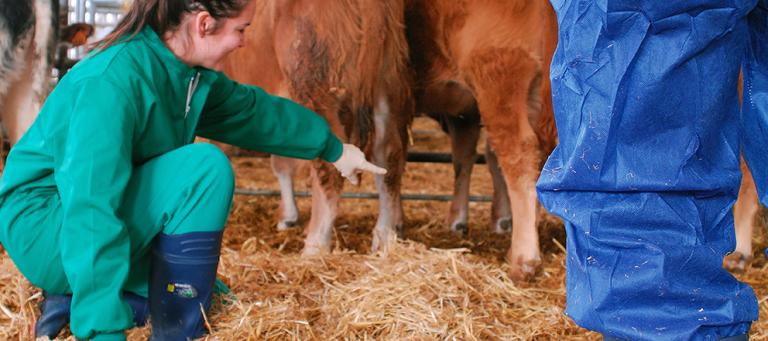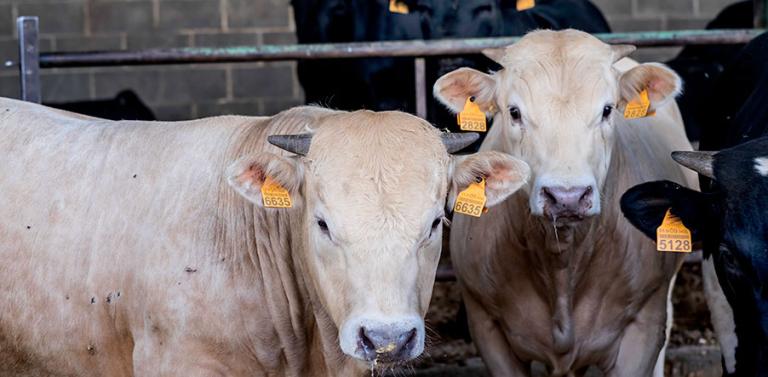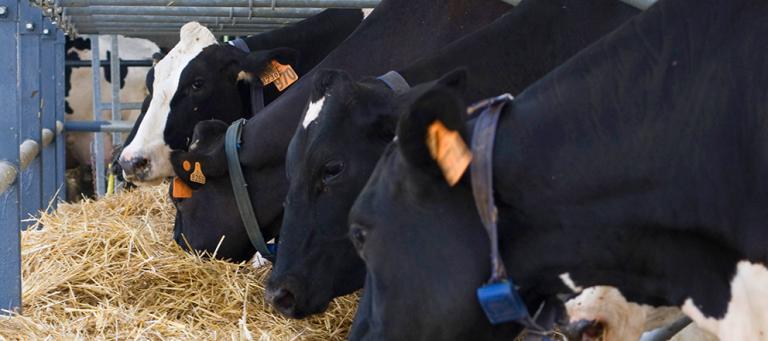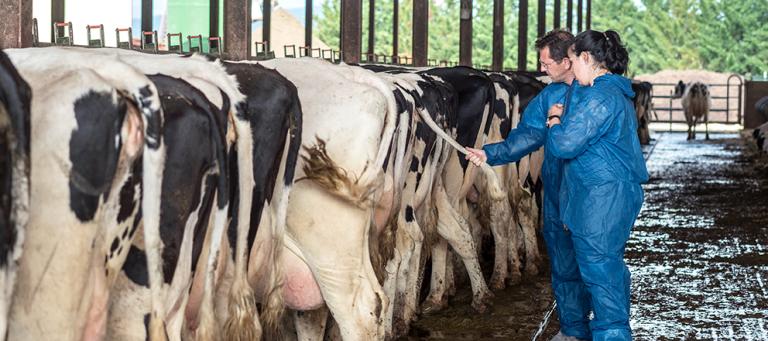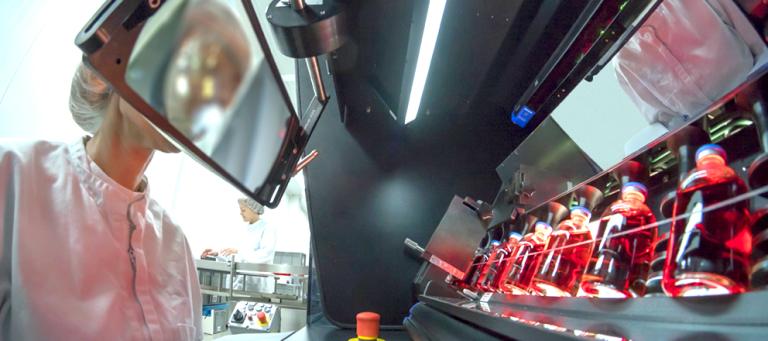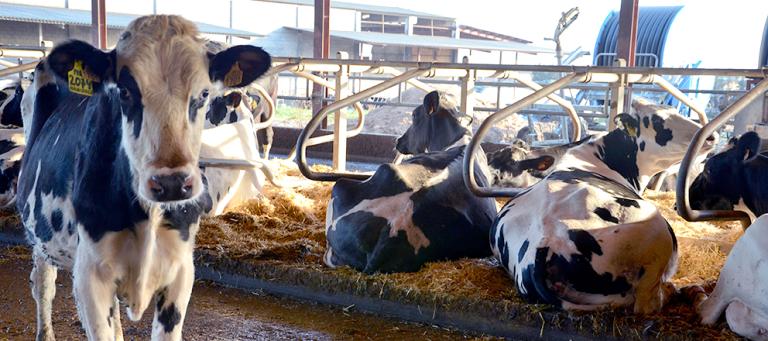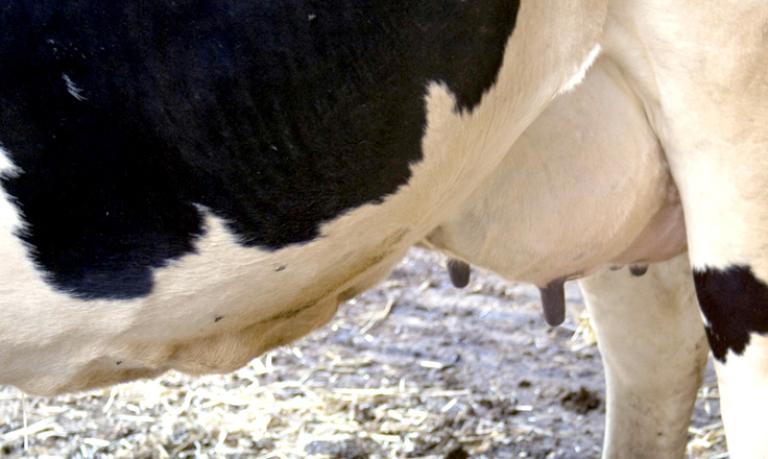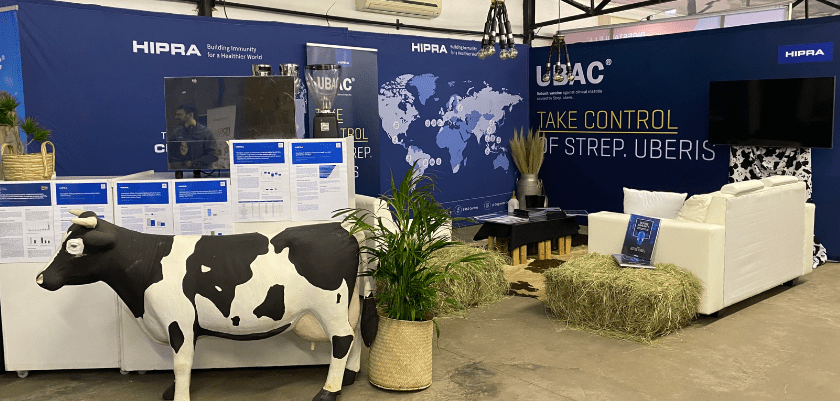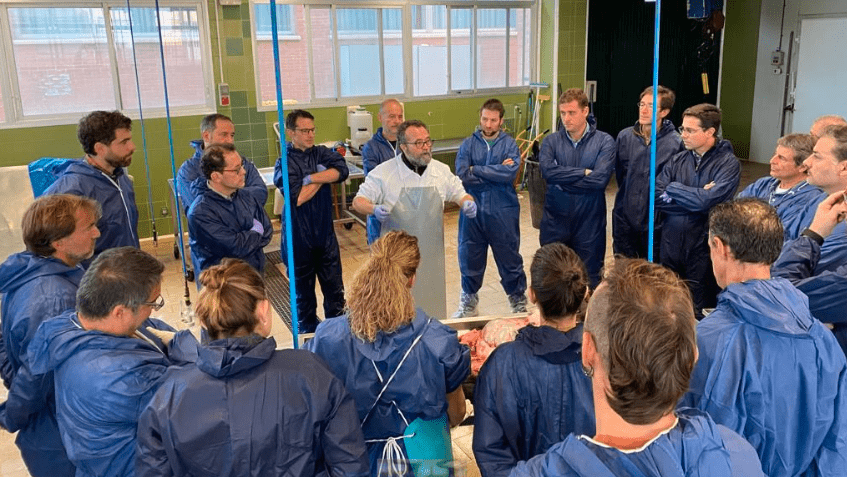There are many farms which vaccinate against infectious bovine rhinotracheitis (IBR) without taking account of the prevalence of the disease in the herd.
In many cases, they do not take account of another important aspect either, which is checking whether the protocol used is truly effective in controlling the disease on the farm.

To achieve effective vaccination against IBR, factors such as the type of vaccine and the protocol used are crucial.
What is regarded as an effective vaccination?
We apply the term “effective vaccination” to a vaccination which produces an immune response in the animal, which in turn is able to reduce the clinical symptoms caused by an infection with the virus and is therefore able to block the circulation of the virus, thereby avoiding shedding in infected animals.
To achieve effective vaccination, factors such as the type of vaccine and the protocol used are crucial.
Live vaccines vs inactivated vaccines, how do they differ?
In the selection of the type of vaccine, it has been shown that live vaccines produce a more complete cellular immune response than inactivated vaccines.
HIPRABOVIS® IBR Marker Live vaccine is registered for administration to pregnant animals, so that mass vaccination can be carried out.
However, using a live vaccine does not necessarily mean success if it is not used properly, and this is where the protocol is important.
Why are 6-month protocols more effective?
In a recent study carried out in Belgium (Dispas et al, 2012) different types of protocol were compared and the efficacy of each in reducing the circulation of the virus on cattle farms was analysed.
The conclusion that was reached was as follows:
When applied every 6 month, protocols not only protect the herd from developing clinical symptoms, but also reduce the number of new infections more effectively than open protocols.
On the other hand, open protocols mask clinical signs (which are sometimes not obvious in recently infected animals). At the same time, they do not reduce the number of new infections, as they keep the virus constantly circulating in the herd.
Live vaccine every 6 months = IBR on the ropes

Bearing in mind that seropositive animals usually produce approximately 2.6 litres less milk (Statham, 2015), that the quality of the milk is inferior and that reproductive ratios are lower, it can be argued that vaccination with a live vaccine that is not carried out twice yearly is not beneficial on the farm, as long as there are positive animals.
In summary, recommending effective protocols to put IBR on the ropes means using vaccines that are safe in pregnant animals such as HIPRABOVIS® IBR Marker Live, administered every 6 months. Annual protocols are not sufficient.


